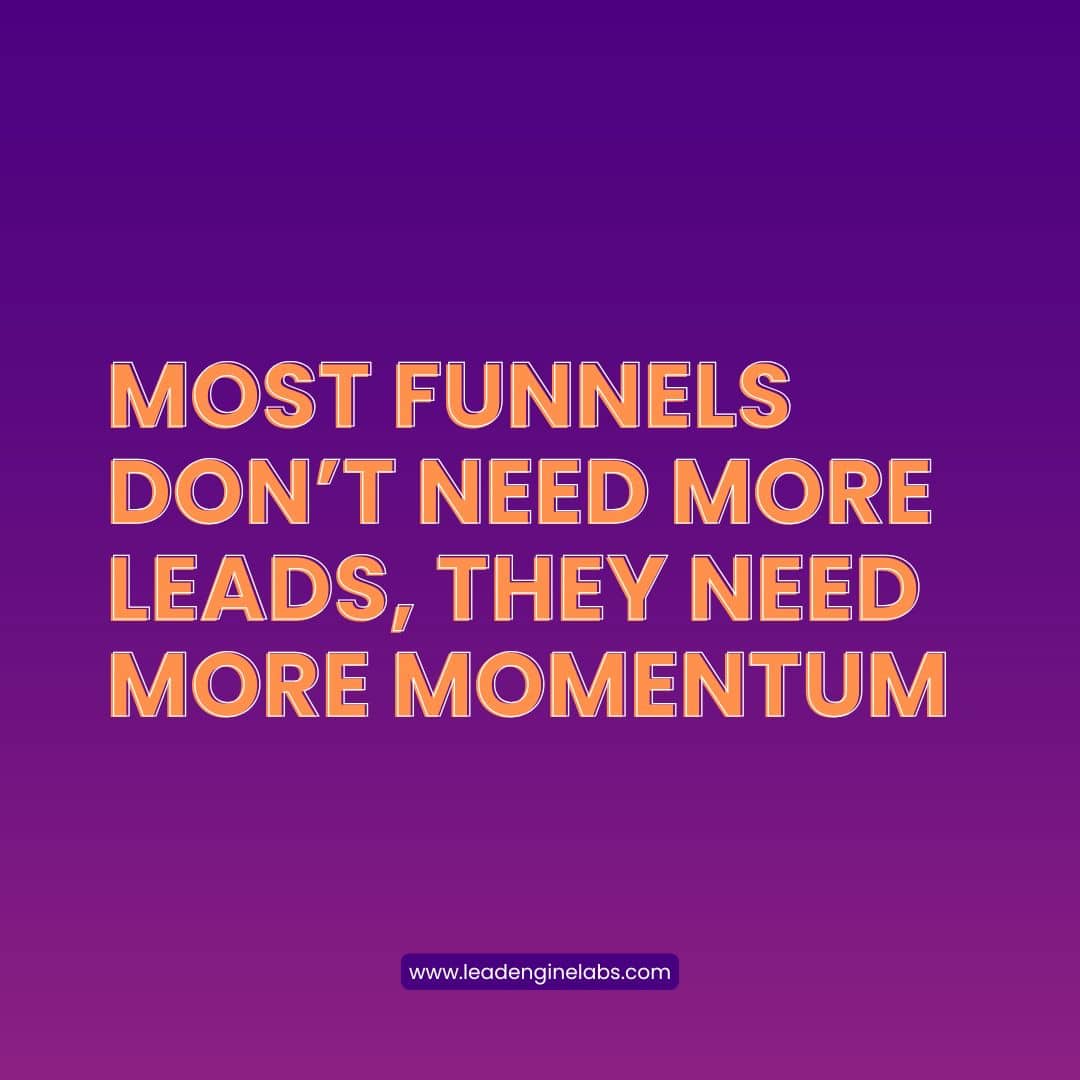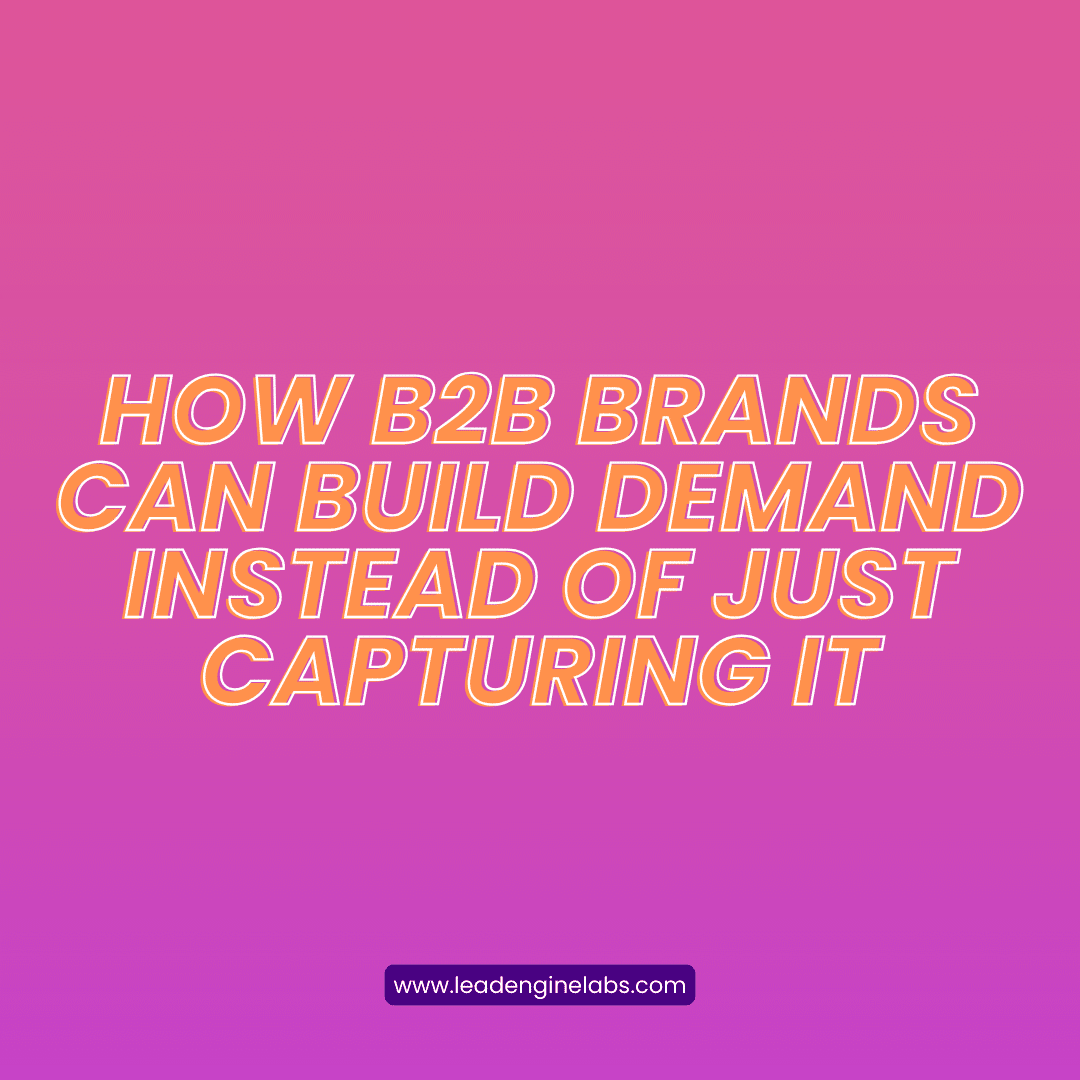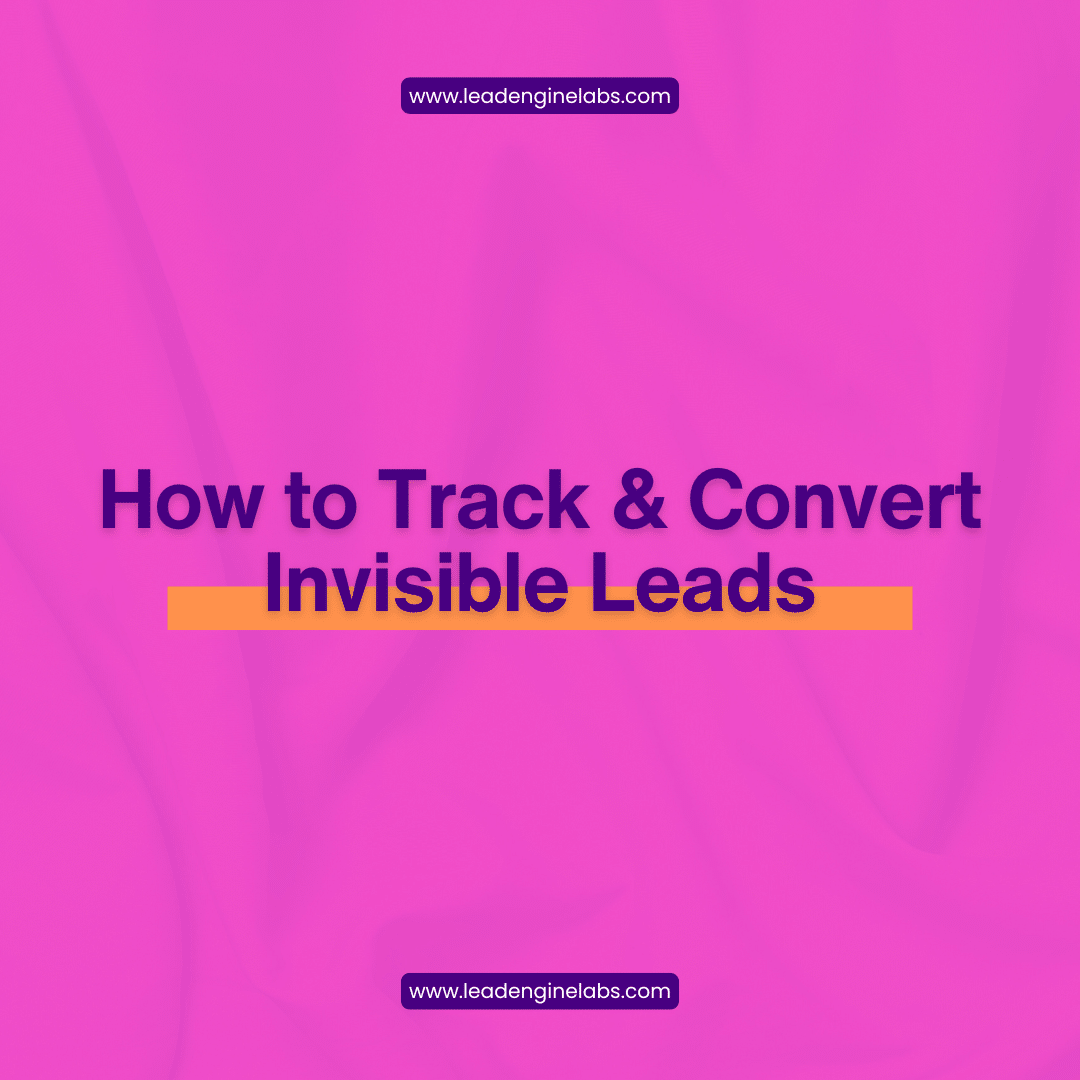Are you struggling to increase sales for your business? Are your product pages falling short in generating leads and conversions?
Creating effective product pages is crucial for any business looking to stand out from the competition and increase revenue. Amazon’s dominance in search results proves the importance of age, authority, links, and keyword-rich content, but simply relying on these elements is not enough.
To truly capture the attention of potential customers, you must engage them with compelling storytelling and add value to your product. The Significant Objects project demonstrated the impact of storytelling on sales, even for insignificant objects.
From photographs to videos, engaging storytelling, and a growing list of links, this article will cover the essential elements for creating winning product pages for physical objects, services, and digital products. By implementing these strategies, you can transform your product pages into powerful sales tools and take your business to the next level.
Key Takeaways
- Amazon’s dominance in search results is due to the age and authority of the site, links pointing to the product page, and keyword-rich content.
- Product pages should offer reasons why someone would choose the product over the competition through storytelling, unique creation processes, testimonials, and photographs.
- The noteworthy age and authority of the website and page, a growing list of links pointing to the page, and keyword-rich copy are crucial for SEO and sales.
- Stories can add value to products and increase sales, as seen in the Significant Objects project and Jon Rimmerman’s wine email newsletters.
Importance of Stories
You need to understand that effective product pages should include engaging stories to add value and increase sales. This is because stories have the power to connect with customers emotionally, which can lead to a stronger connection with your brand.
Jon Rimmerman’s email newsletter is a perfect example of how storytelling techniques can add value to a product. His stories about unique and culturally important wines have helped him build a loyal following, resulting in annual sales of $30 million.
The Significant Objects project also proved the effectiveness of storytelling techniques in increasing sales. By adding fictional stories to cheap trinkets, the project was able to sell them for much higher prices. Customers bid on these insignificant objects because they were drawn in by the stories, which created an emotional connection.
To create an effective product page, you need to focus on creating a story that resonates with your customers and helps them understand why your product is unique and valuable. By doing so, you can create an emotional connection with your customers and increase the likelihood of a sale.
Elements of Product Pages
Imagine your product page as a canvas, with each element adding brushstrokes to create a masterpiece that tells a compelling story about your product and why it’s the best choice for your customers.
Visual elements are an important part of this canvas, as they create a visual representation of your product that can be more powerful than words alone. Think about including high-quality photographs from different angles, showing your product in use, or even a video demonstration. These elements can evoke emotion in your audience and create a connection with your product.
In addition to visual elements, SEO tactics are crucial for ensuring your product page is seen by potential customers. This can include keyword-rich copy, meta descriptions, and a strong backlink strategy. By utilizing SEO tactics, you can improve your page’s search engine ranking and increase the likelihood of customers finding your product.
Finally, don’t forget to include compelling product descriptions, testimonials, and a clear call to action. With these elements in place, your product page can become a masterpiece that drives higher sales and sets your product apart from the competition.
Examples of Successful Product Pages
Explore successful product pages to learn how to create a compelling and engaging story that captivates your audience and drives conversions. The best way to see what works is to examine examples of successful product pages. One great example is the website for Casper mattresses.
They have a clean and visually appealing design that draws the eye in and makes it easy for customers to find what they’re looking for. They also have numerous customer testimonials that provide social proof of their product’s quality and effectiveness. This is a great way to build trust with potential customers and convince them that your product is worth buying.
Another example of a successful product page is the website for Dollar Shave Club. They have a humorous and engaging tone that makes their product seem fun and exciting to use. They also have a video that demonstrates the benefits of their product in a way that is both informative and entertaining.
This is a great way to educate customers about the benefits of your product without boring them with a lot of technical jargon. By incorporating visual design and customer testimonials, you can create a product page that is both memorable and effective in driving conversions.
The Power of Jon Rimmerman’s Stories
Discover how Jon Rimmerman‘s captivating storytelling helped him build a wine business with an annual revenue of $30 million and a subscriber list of 136,000 in 2012.
His email newsletters are part salesmanship in print and part trivia junk drawer on various topics. Rimmerman’s reputation is built on differentiating his tastes from other critics and favoring the austere, eccentric, and putatively authentic. He is an intermediary for wine visionaries, looking for culturally important or cutting-edge winemaking.
Rimmerman’s stories add value to wines with unique histories. He shares the winemaker’s story, the history of the vineyard, and the inspiration behind the wine. By marketing through narratives, he creates an emotional connection with his customers. He doesn’t just sell wine; he sells an experience.
Rimmerman proves that storytelling is a powerful tool for marketing.




